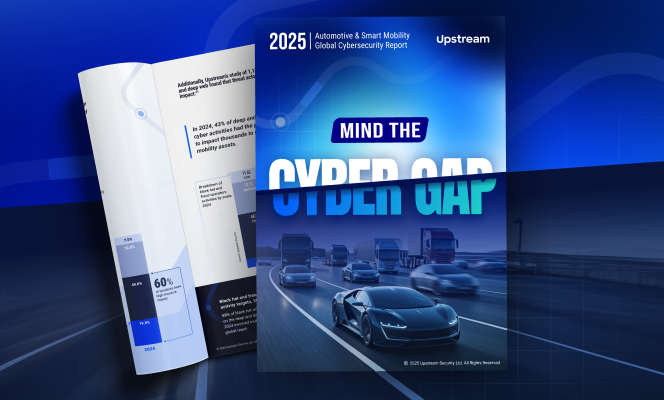

Fifty Robotaxis, One Dead End: A Real-World Stress Test for Mobility API Resilience
In October 2025, a software engineer decided to test the limits of a driverless fleet system by turning it into the subject of a digital flash mob. About 50 participants, following online instructions, simultaneously ordered rides from a popular robotaxi service, all to the same dead-end street.
The intent was mischief, not malice. Yet the result mirrored a distributed denial-of-service (DDoS) attack: dozens of legitimate requests flooding the system’s dispatch and routing APIs. Within minutes, the fleet’s backend began queuing and timing out. The service temporarily halted pickups in the area and automatically triggered no-show fees before suspending operations until the morning.
While no data was stolen, the event revealed something more subtle and more dangerous. Even without a ‘real’ cyberattack, mobility systems can experience DDoS-like overloads that quietly test the limits of trust, availability, and resilience.
Lessons from PCI DSS: Resilience Is a Universal Language
At first glance, PCI DSS, the payment card industry’s data security standard, might seem irrelevant to autonomous fleets. But its principles of segmentation, monitoring, and incident response provide a blueprint for building API resilience in any connected ecosystem.
- Requirements 1 & 11: Regular testing and firewall controls detect and contain abnormal traffic before it cascades into service downtime.
- Requirement 10: Continuous logging and anomaly detection help identify early-stage floods at the API layer.
- Requirement 12.10: Defined incident response plans enable rapid isolation and recovery from both network and application-layer disruptions.
Even outside of payments, PCI DSS embodies defensive design, anticipating failure modes, authenticating every interaction, and restoring trust after disruption.
API Security for the Mobility Era
For mobility operators, APIs aren’t just data interfaces, they’re operational arteries connecting vehicles, products, riders, payments, and control systems. A single overloaded endpoint can ripple across dispatch systems, mapping services, and even safety-critical functions.
To protect these lifelines, mobility security teams should apply PCI-like rigor to their API strategy:
- Rate limiting and throttling to prevent automated floods.
- Traffic validation and mutual authentication (e.g., mTLS, signed requests) to block spoofed or unauthorized clients.
- Anomaly detection and telemetry correlation across gateways, dispatch logic, and backend services.
- Network segmentation between public, internal, and control APIs to minimize blast radius.
- Incident readiness with predefined isolation and recovery playbooks.
Availability isn’t a convenience, it’s a component of trust. When routing, payment, or safety systems go dark, user confidence does too.
The Power of Context: Correlating Live Digital Twins with API Behavior
One of the most transformative advances in mobility cybersecurity is the ability to correlate live digital twins with API telemetry.
A live digital twin models the real-time behavior of fleets, products, vehicles, consumers, or subsystems using telemetry, such as sensor data, command execution, transactional parameters, and location updates. By correlating this operational “mirror” with API requests and responses, security teams can move from static monitoring to contextual understanding.
For example:
- If a sudden spike in ride dispatch calls doesn’t correspond to real-world fleet movement, it signals a synthetic or automated surge.
- If API usage patterns diverge from expected physical behavior, like route updates without corresponding GPS changes, it may indicate compromised credentials or malicious replay.
This correlation transforms anomaly detection from reactive to behavior-aware. Instead of just flagging rate spikes, it detects inconsistent intent, bridging operational resilience with cybersecurity posture.
The result: truly contextual API security that can automatically adjust access policies, isolate anomalies, or trigger adaptive throttling based on live fleet behavior, not static thresholds.
Building Trust Through Readiness
The “robotaxi prank” might seem trivial compared to nation-state threats, but its implications are profound. It shows how availability, authentication, and situational awareness intertwine in modern mobility platforms.
Whether guided by PCI DSS, UNECE R155/R156, or internal governance, the principles remain the same:
- Segment what matters most.
- Monitor everything that moves, while focusing on behavioral context and not only historical logs.
- Respond as though every anomaly could impact safety.
API security is no longer just about protecting data, it’s about protecting trust in motion.

